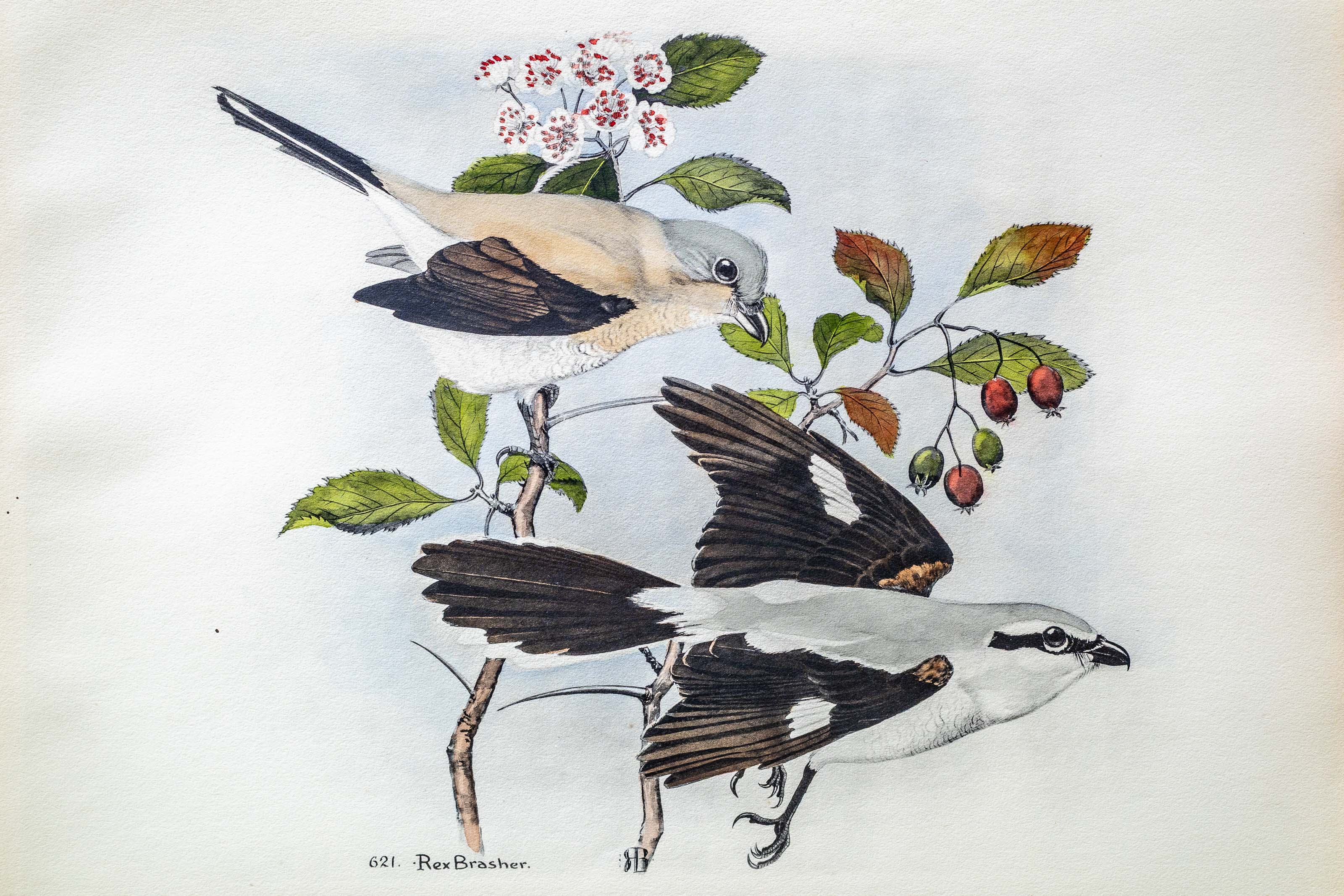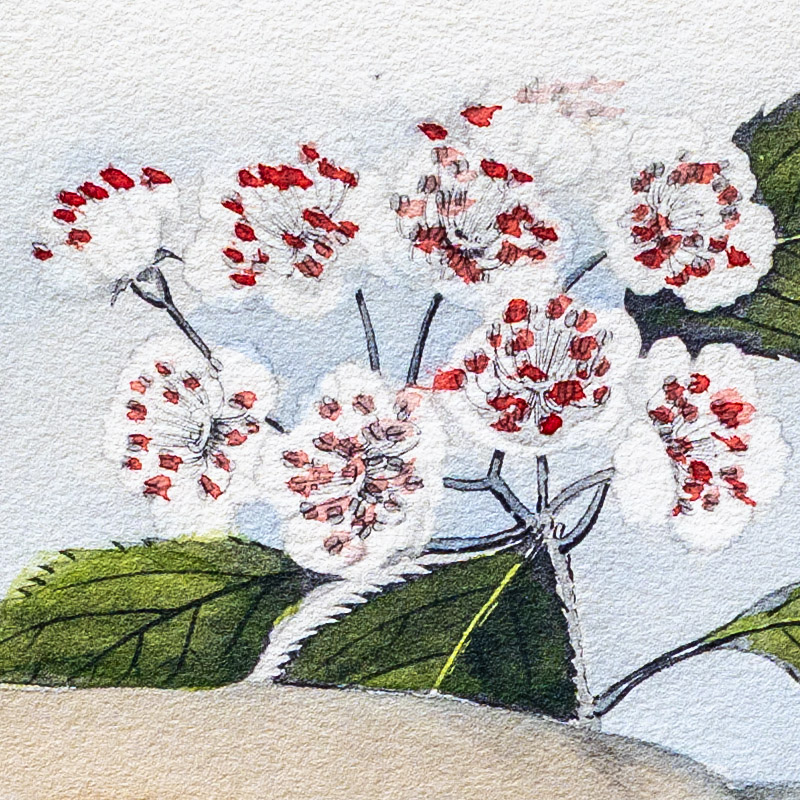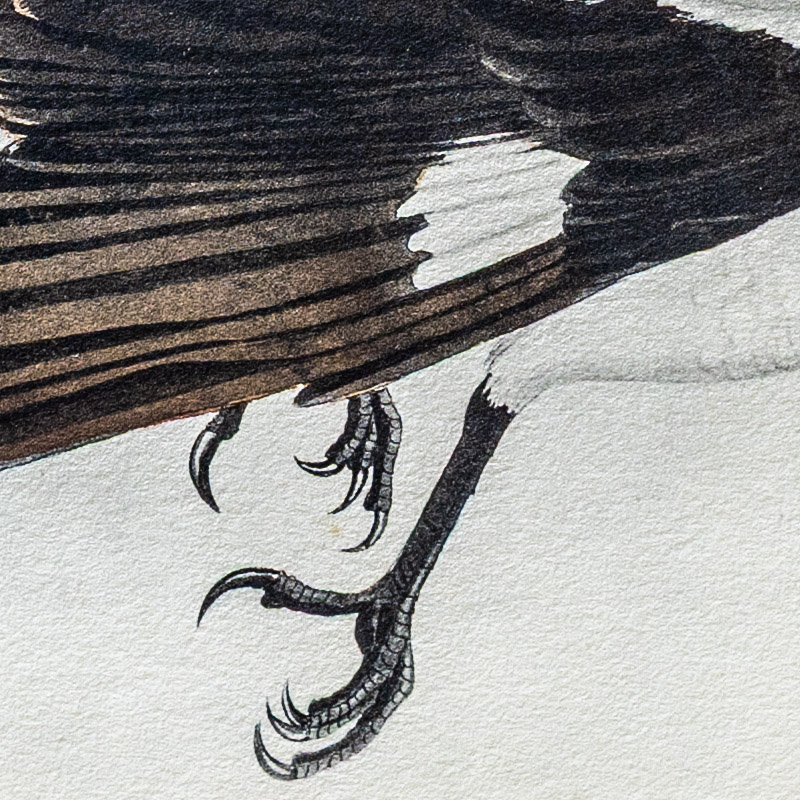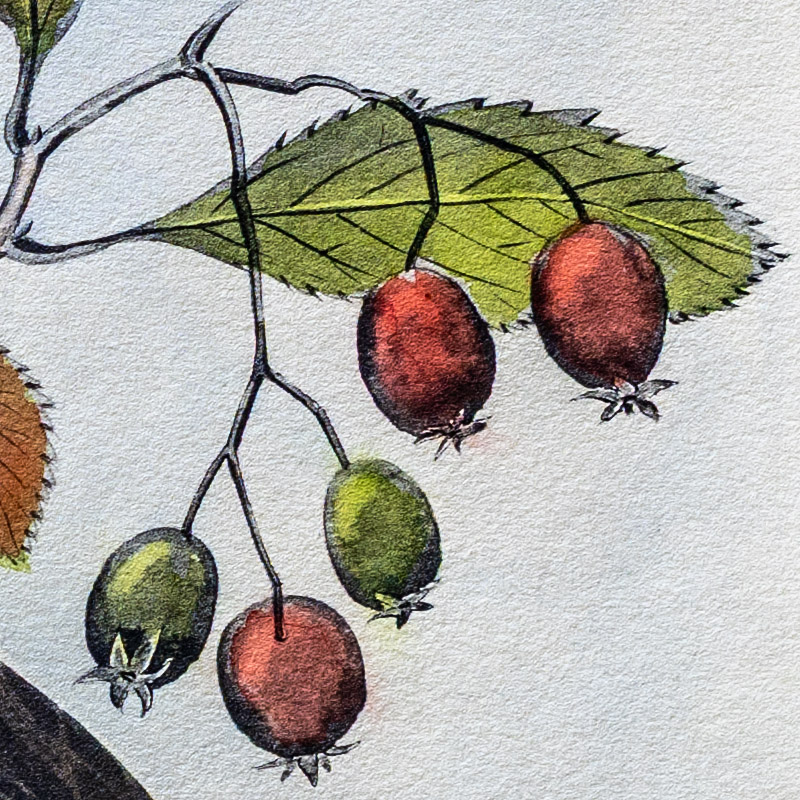






Unknown
1930
10
621
A team of dedicated board members, volunteers, and student interns has published every page in Volume 9. This volume includes 360 images of paintings and lyrical descriptions of birds, now available online for everyone to enjoy anywhere in the world. This is a monumental task. Each volume requires approximately 400 hours to photograph, edit, transcribe, catalog, and publish online. We need your support to complete this work.
If you're tech-savvy, have a good eye, are meticulous with details, and love structured data, please consider volunteering by emailing us at hello@rexbrasher.org.
We encourage all bird lovers and supporters to consider a monetary donation to support our mission to make Rex's work available for everyone. You can provide a one-time or recurring donation online.
When our Chickadees "freeze" I know a Shrike is in the offing. Then the .25 is called into action and returned to its corner only after the wouldbe murderer has returned to earth.
In Portland, Maine, I witnessed an extraordinary exhibition of a Shrike's impetuosity. They frequently come into cities and towns in winter after English Sparrows and this particular Shrike had pounced upon a Sparrow feeding between car tracks. Before the Shrike's blows (directed at back of the victim's head) were effective, a car approached and passed over both.
Borealis was so intent on his task that I believe he was entirely unaware of the car's passing, for he was hammering away at the Sparrow's vertebrae when the two reappeared. –– All in the day's work, evidently, for the victim soon was beaten to death and its inert form lifted by the shrike's bill, carried aloft, released, caught in midair by the feet, hung in a tree crotch and devoured with much scattering of feathers!
NEST: a bulky structure of twigs, grass, leaves and weed stems; thickly lined with feathers; located in thick bush or thorny tree.
EGGS: 4 to 6; pale bluish-green spotted with brown and dull lavender.
North America from northwestern Alaska across British Provinces to Newfoundland; south irregularly in Winter to Texas, Kentucky and Virginia.
A small tree up to 25 feet high, distributed on the hills and bottom lands of Bucks and Delaware counties, eastern Pennsylvania.